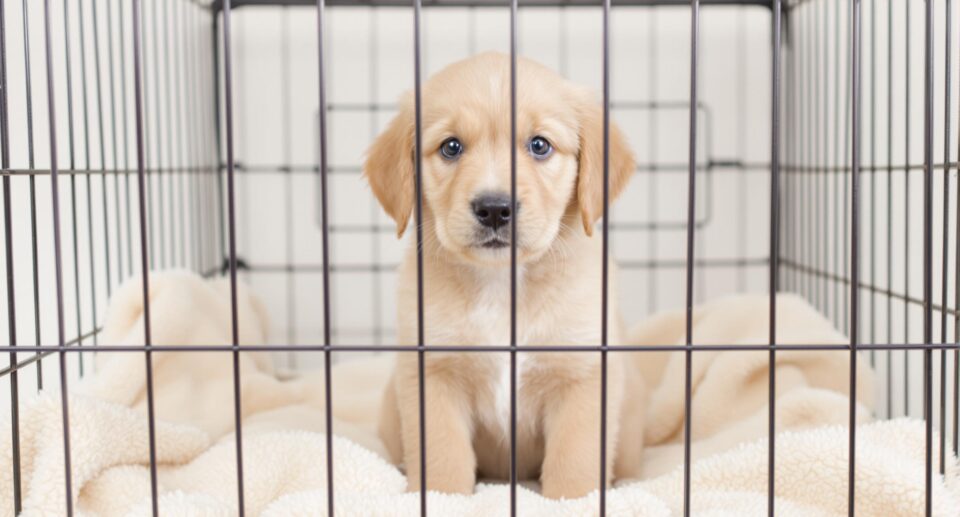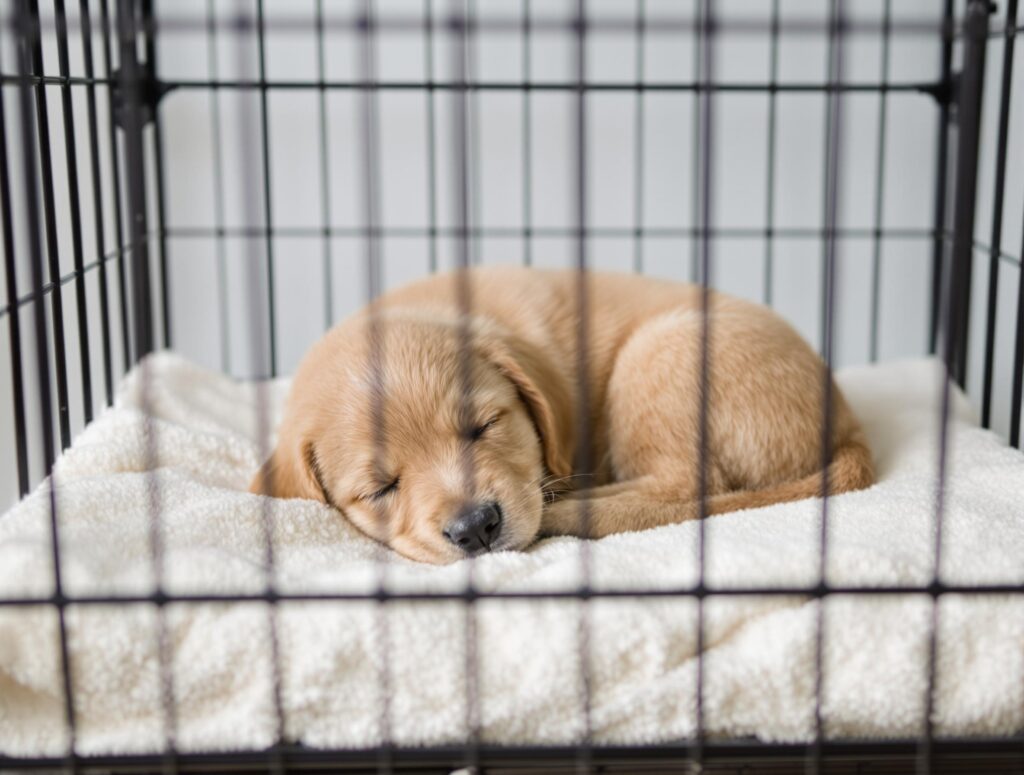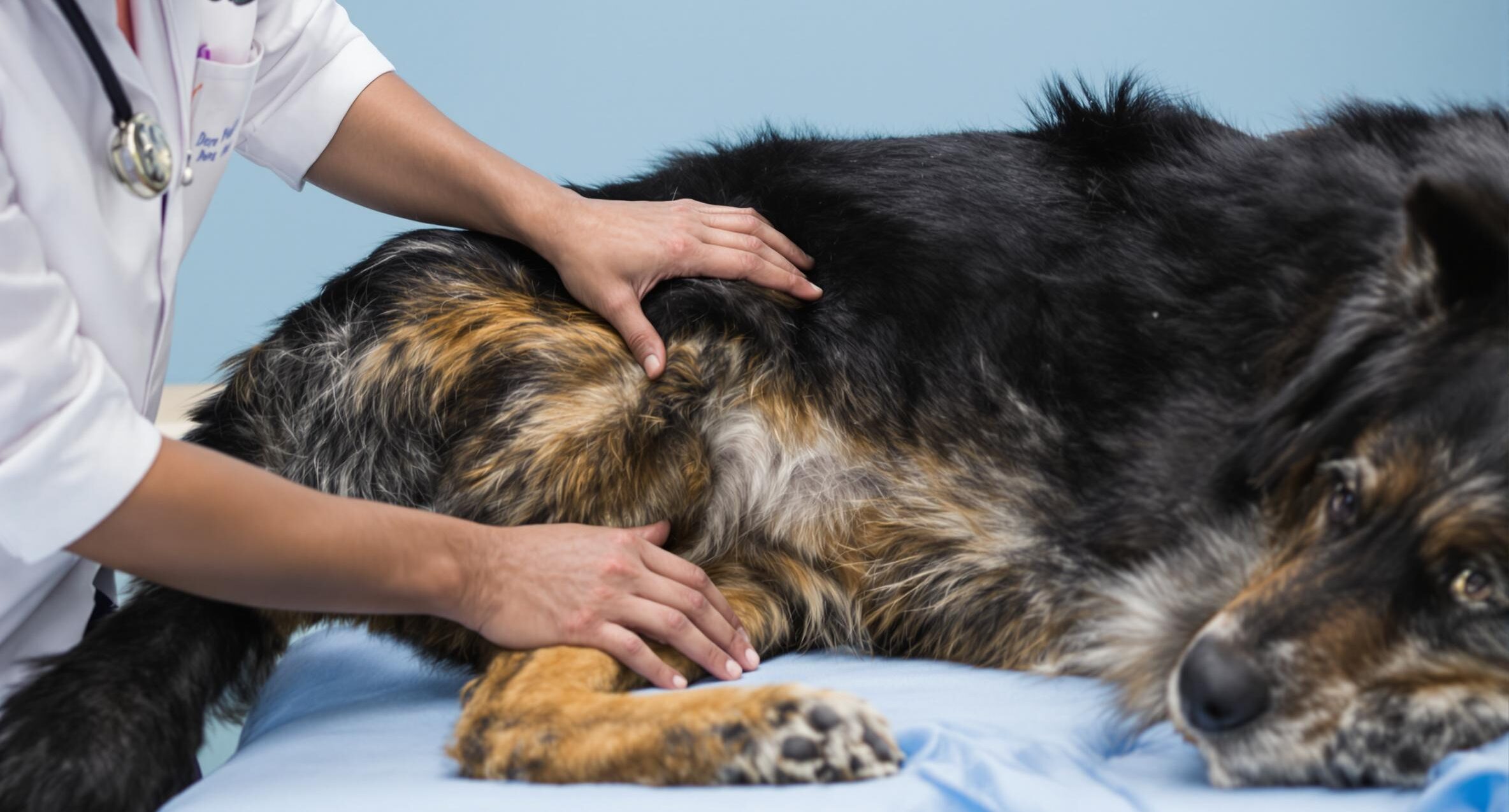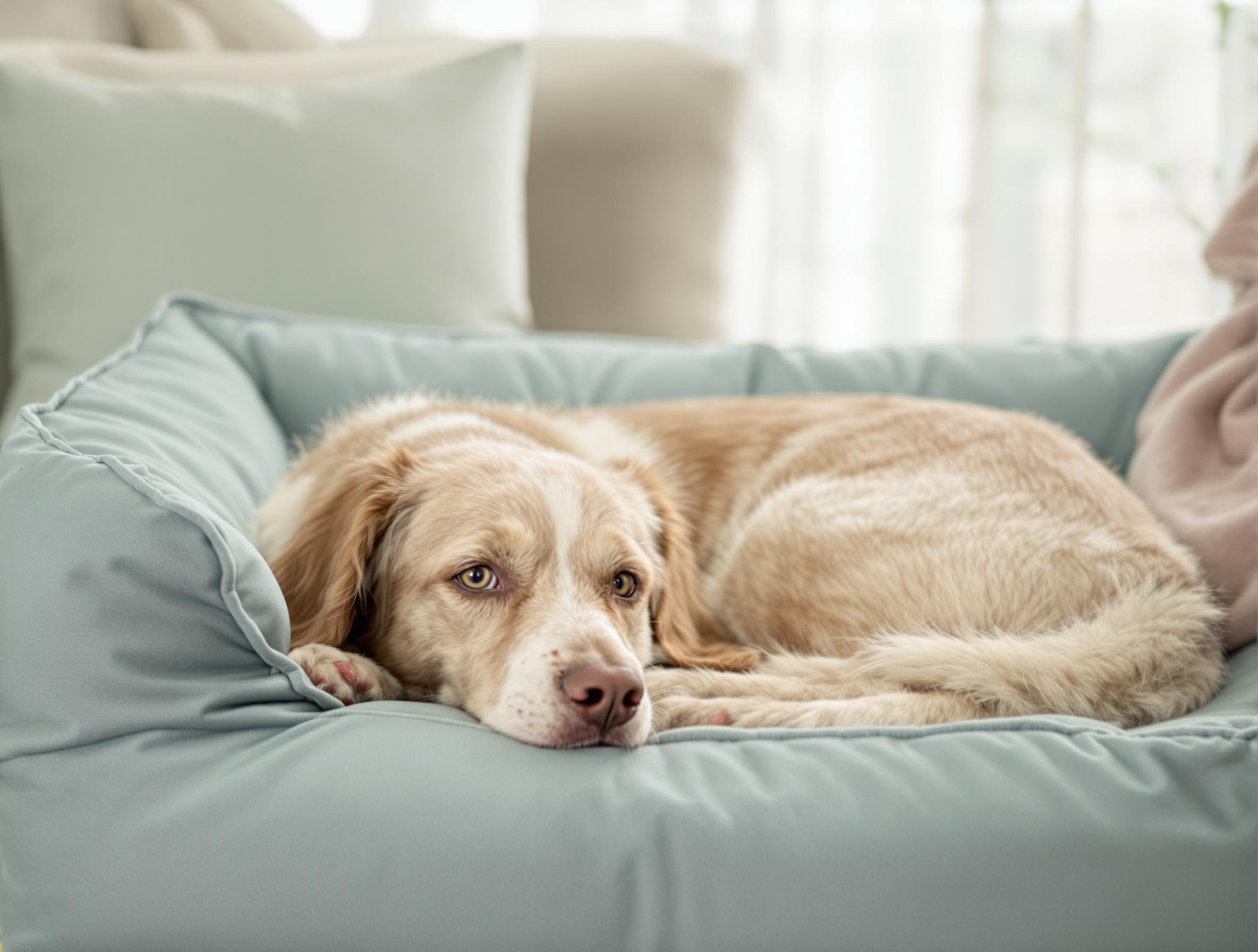6 Easy Steps to Successfully Crate Train Your Puppy

Key takeaways:
- Crate training leverages a puppy’s natural instinct to seek den-like spaces for rest, aiding in house training and establishing reliable habits.
- Consistency in crate training, including a structured schedule and positive reinforcement, builds trust and comfort for the puppy.
- Overcoming common challenges and gradually increasing alone time helps foster a secure, confident, and independent puppy.
Bringing home a new puppy is exciting and can also feel a bit overwhelming. One common question for many pet owners is how to help a puppy feel safe, secure, and well-behaved in a new home. That’s where crate training comes in.
Crate training is more than just a way to keep a puppy out of trouble when unsupervised. It helps set up a routine that supports comfort, independence, and healthy development. When done with patience and consistency, crate training creates a positive, safe space that a puppy can learn to enjoy. For reliable information on training, nutrition, behavior, and wellness, PetHealthMD offers trusted resources for pet owners. If a puppy shows signs of distress or health concerns during crate training, a veterinarian should be consulted promptly.
1. Introduce your puppy to the crate
Helping a puppy feel comfortable with their crate starts with creating a cozy space. This can be thought of as setting up a small den that feels safe and inviting.
Here’s how to make the first introduction go smoothly:
- Add a favorite plush toy and a soft, washable blanket to create a warm, comfortable space.
- Feed meals near the open crate door, slowly moving the bowl inside so the crate becomes linked with good things.
- Play simple games like placing treats just outside and inside the crate to spark curiosity.
- Roll a squeaky toy through the crate during playtime and offer calm praise when the puppy goes in to get it.
- Sit nearby while the puppy explores the crate, keeping the mood quiet and supportive.
- Leave the crate door open during peaceful activities like reading or watching TV, so the puppy connects the space with calm moments.
2. Establish a consistent crate training schedule
Following a routine helps puppies feel more secure. Structure gives them comfort and makes training easier.
Here’s an example daily plan:
- 7:00 AM: Potty break
- 7:30 AM: Breakfast and light play
- 10:00 AM & 2:00 PM: Crate time during natural rest periods
- Potty breaks every 2–3 hours (such as 9:30 AM, 12:30 PM, 3:30 PM, 6:30 PM)
- 11:00 AM & 4:00 PM: Short training sessions and outdoor activity
- 10:00 PM: Final potty outing before bedtime
Keep feeding times steady (7:30 AM, 12:00 PM, 5:00 PM) and follow walking routines to reduce stress.
3. Use positive reinforcement techniques
Encouraging good habits helps puppies enjoy their crate. Reinforcement can turn crate time into something to look forward to.
Some effective ways to encourage crate use include:
- Offering small, easy-to-eat treats like freeze-dried chicken or tiny cheese cubes
- Introducing a special toy used only during crate time
- Staying calm and quiet when correcting unwanted actions like barking or scratching at the crate
Offer simple praise, such as “good dog,” when the puppy chooses to enter the crate. That gentle encouragement builds comfort over time.
4. Overcome common crate training challenges
It’s normal for crate training to have a few bumps. Some common concerns and ways to help include:
- Whining or barking: Speak softly and wait for quiet before giving attention. If this continues or worsens, ask a vet to check for health issues.
- Hesitation: Make the crate more appealing by placing treats or a toy just inside the entrance.
- Restlessness: Provide light play before crate time and use soft bedding or a calming toy. If the restlessness doesn’t ease, ask a vet for input.
- Trouble sleeping: Start with the crate near the bed, then move it as the puppy becomes more confident. Ongoing nighttime stress may require a vet’s advice.
- Excited exits: Ask the puppy to sit quietly before opening the crate to help build patience and reduce jumping.
5. Create a welcoming crate environment

The crate should feel peaceful and secure. Place it in a calm corner of the home, away from high-traffic areas. Make sure the temperature stays between 68–72°F, and avoid direct sunlight or cold drafts.
Make the crate inviting with:
- A soft, washable crate mat
- Toys the puppy already enjoys
- A worn shirt or blanket with a familiar scent
Covering the back and sides of the crate with a blanket can create a den-like feeling while leaving the front open for airflow. Clean the bedding often to keep the space fresh.
6. Increase alone time gradually
Helping puppies feel okay alone takes time. Slowly increasing crate time helps them feel confident without their owner nearby.
Try this approach:
- Begin with 5–10 minutes of alone time while staying nearby
- Keep greetings and goodbyes quiet and calm
- Use soft music or white noise to create a soothing setting
- Look for relaxed body language like steady breathing or restful naps
- Use a pet camera to check on progress if needed
Signs of separation stress or sudden behavior changes should be discussed with a veterinarian to rule out health or emotional concerns.
Common questions about puppy crate training
What’s the best age to start crate training?
Puppies can begin crate training around 8–12 weeks old. Older puppies or dogs may need extra time and support.
How can someone tell if their puppy feels at ease in the crate?
Signs of comfort include napping in the crate or going in on their own. If the puppy seems upset or avoids it, ask a vet for advice.
Can the crate be moved?
Keep it in one spot at first. Later, it can be moved occasionally. If the puppy reacts poorly, speak with a vet.
How long is too long in the crate?
A good rule is a puppy’s age in months plus one hour. A 3-month-old puppy can stay for up to 4 hours. Always allow breaks for play and bathroom needs.
What if the puppy cries at night?
Try a calm potty break. If crying keeps happening, reach out to a vet.
The crate training process
Following crate training helps create structure and builds a bond between a pet and its owner. Each step brings the puppy closer to feeling comfortable and safe at home. There will be progress and a few setbacks along the way.
Staying patient and consistent is important. Advice from a vet can help address behavior concerns, find out if health issues are involved, and make training go more smoothly. Need extra support? Visit PetHealthMD to read helpful articles, health tips, and trusted advice for pet owners. Get started with crate training today!





